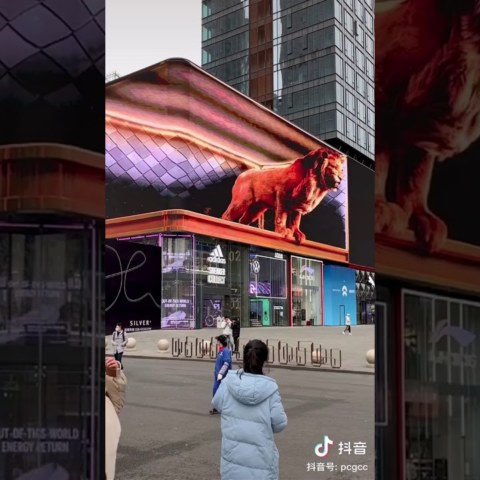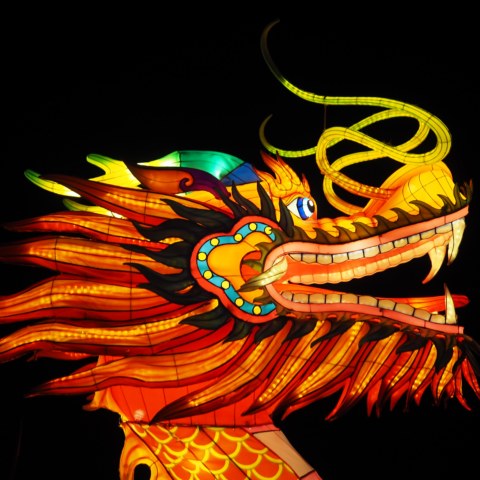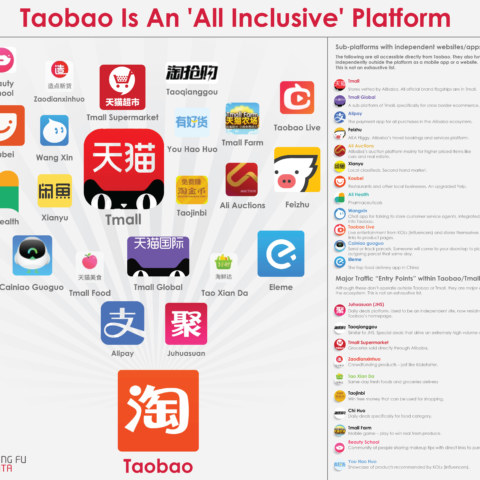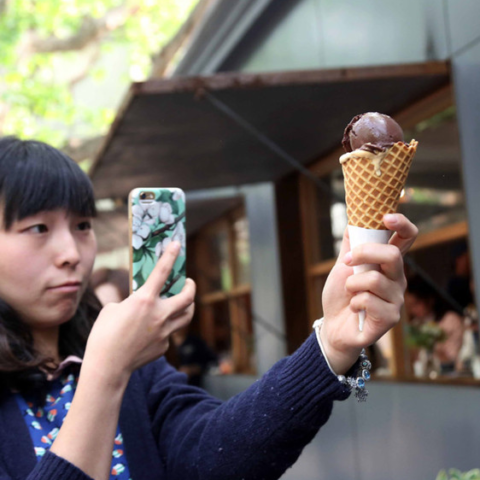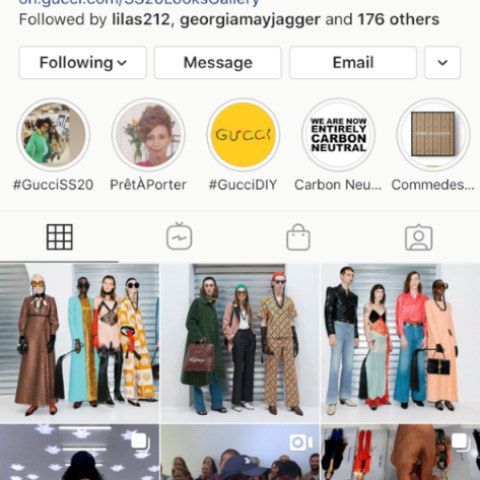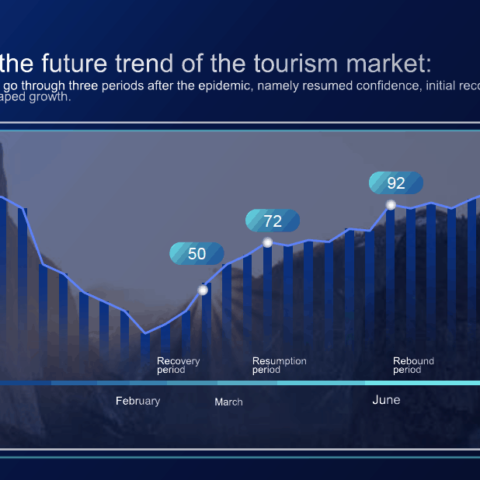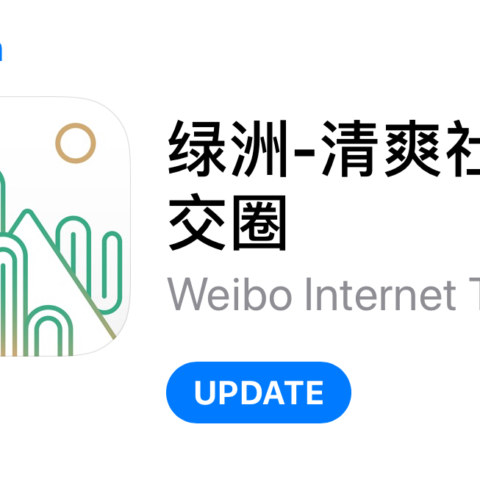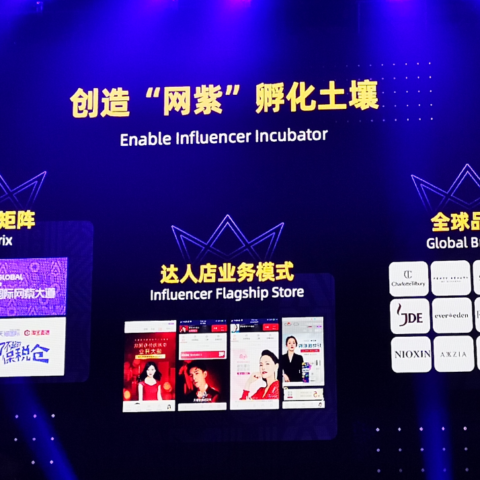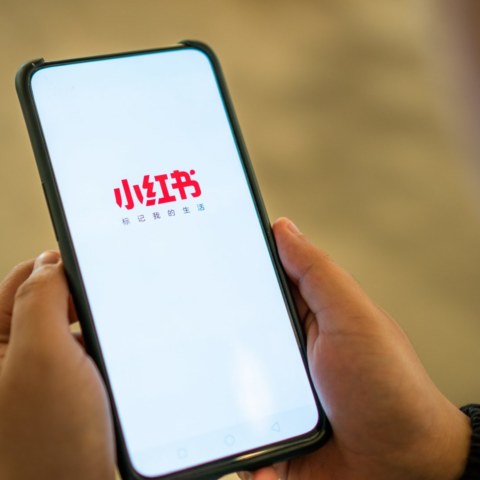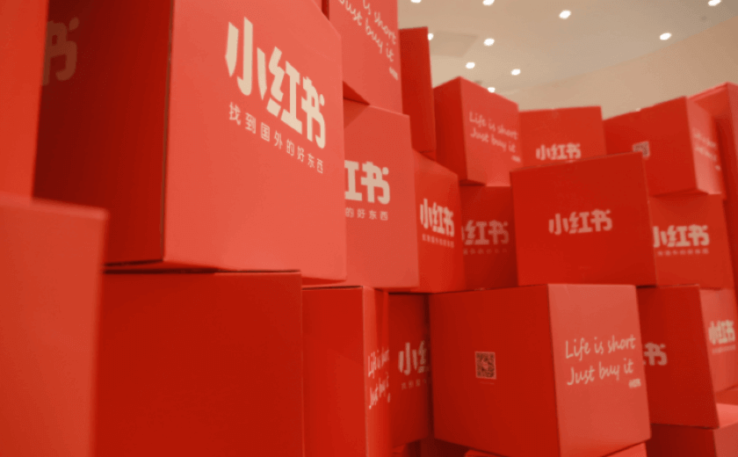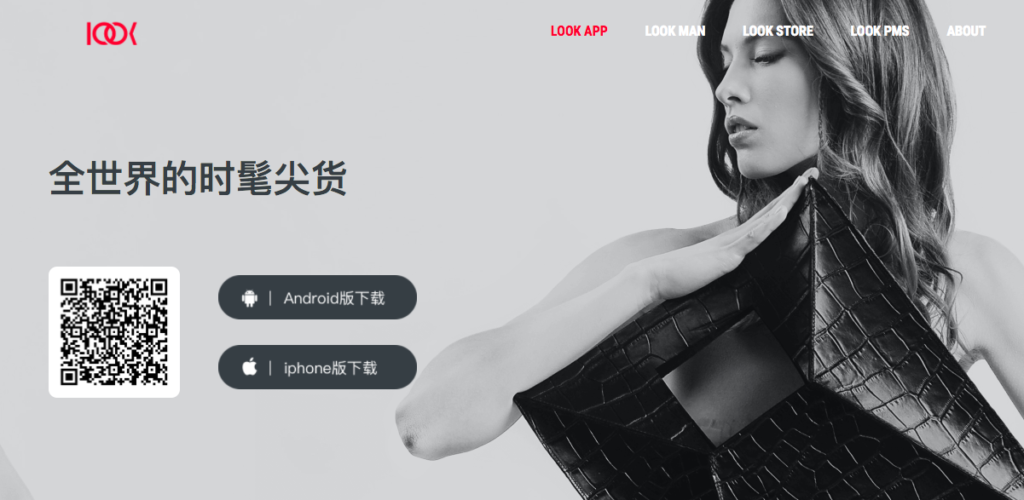China’s Social E-commerce is booming
Today, more than ever, it’s the community that sells.
In a little more than ten years, sneaker blog Hypebeast evolved into a publicly traded e-commerce platform. Liketoknow.it, an app for identifying, discussing and buying influencers’ looks, saw $1billion in sales last year. Chanel has created an Instagram account dedicated to Chanel beauty fans, featuring pictures and videos aggregated from influencers, make-up artists, and fans.
Three Ways Brands Can Benefit
1. Balance traditional e-commerce and social e-commerce
Despite impressive sales records on social e-commerce platforms, compared to traditional e-commerce sites like JD.com and Tmall, they are still far behind. Social commerce may be the gateway for brands to access specific communities, but the customer purchase intent there is not always as strong.
2. Utilize social data
Social e-commerce sites may be able to build a fuller picture of who consumers are than traditional e-commerce platforms, coming to understand in greater depth what motivates purchases. This may allow the social sites to more accurately make relevant product recommendations.
3. Track the customer journey
Tracking Chinese purchasing behaviors can be problematic for marketers, as they don’t know which channel actually motivated the final purchase, and social e-commerce complicate the journey even more. Thus marketers need to develop a general awareness of what specific sites contribute in terms of inspiring, validating, or completing a purchase.
These communities both share content and sharpen appetites to buy new items.
Whether it’s traditional media opening their own online stores, or e-commerce sites adding more editorial content, both sides are coming closer together. And it’s a phenomenon that even more advanced in China.
Little Red Book
Founded in 2013, Little Red Book (小红书) is a community-based e-commerce platform with more than 60 million users. Known as a combination of Instagram and Amazon, it has infinite scrollable content generated by users, who offer product reviews, styling tips, pricing tips, and so on.
The app targets Chinese women aged 18-35, and makes everyone involved both a consumer and an influencer. Initially, the app focused primarily on health and beauty products, but now you can find fitness, lifestyle, and art products aimed at an increasingly active, younger age group.
Based on word of mouth, Little Red Book’s sales revenue hit billion yuan in May 2017.
Dealmoon
Dealmoon started in 2009 as a shopping deal site, and has grown into a community with more than 20 million followers on Weibo and WeChat. Headquartered in Texas, Dealmoon caters mainly to Chinese living abroad, as well as global travelers. It is considered the largest Chinese-American shopping site. The company’s latest effort is building an editorial team with its own beauty and fashion editors to complement the user-generated content.
Look
Beijing-based startup LOOK first garnered attention in 2017 after receiving 30 million yuan in pre-A series funding. What’s unique about this platform is its business model — ‘content hub + one click to buy’. Mirroring liketoknow.it in the West, LOOK not only solved the consumers’ problem of where to buy, but also built a consistent business channel for KOLs to monetize their influence. A-list influencers such as Gogoboi, Freshboy, and Anny Fan have already joined.
KOLs are relieved of the pressure to manage sales logistics, as product delivery still comes directly from foreign e-commerce websites. LOOK handles relevant technical and operational support for them too. Fans can finish transactions just as easily, with the entire process from shopping, to buying, to paying all possible within WeChat
The company has attracted many overseas e-commerce platforms such as Farfetch and Net-A-Porter to join. According to the company, it currently works with over 300 online fashion influencers and has officially launched 150 brands.
Leave a Comment





